Ancient civilizations often saw mysterious caves, bubbling springs, and strange rock formations as doorways to the realm of the dead. These places sparked countless stories, rituals, and warnings passed down through generations. From Greece to Guatemala, people built temples and performed ceremonies around these supposed gateways to the otherworld, believing they could communicate with spirits or even visit their departed loved ones.
Every culture has its way of imagining what lies beneath our feet. Let’s explore some fascinating places that people once thought could lead them straight to the afterlife.
Cave of the Sibyl, Italy
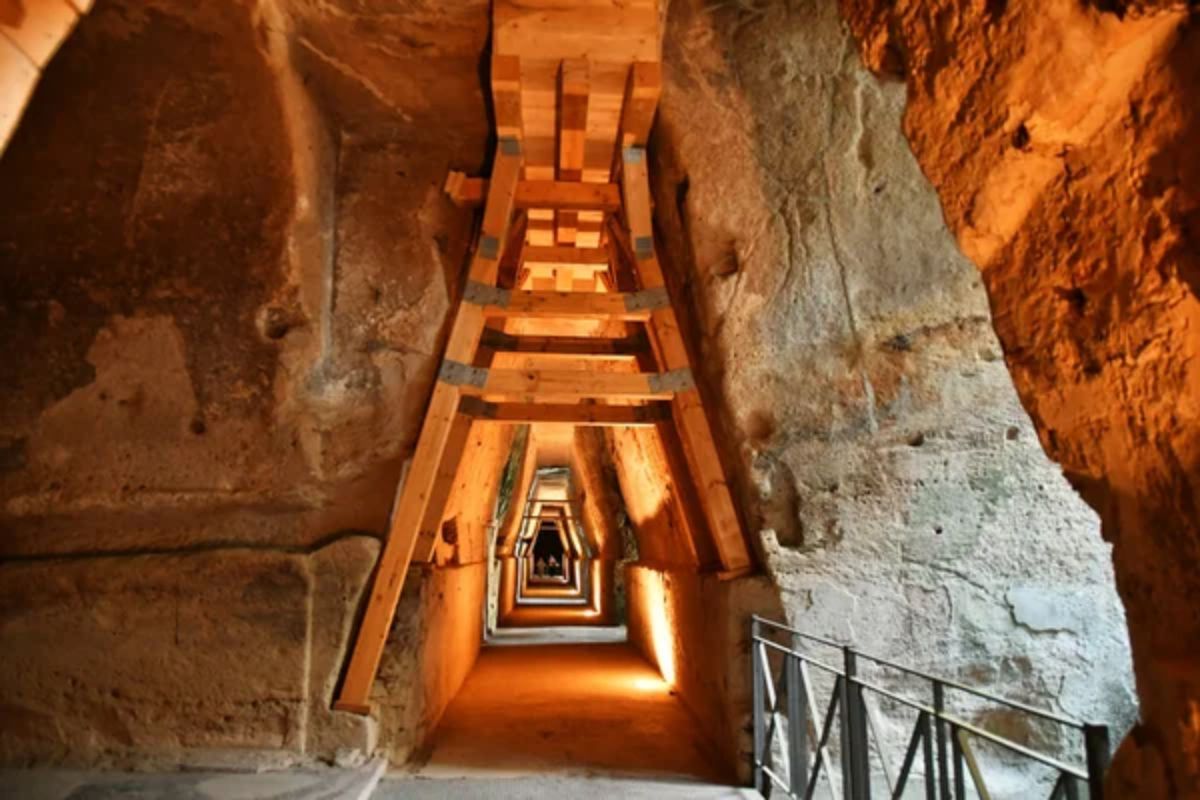
The Romans believed this winding cave system near Naples housed a powerful priestess who could talk to the dead. Ancient texts describe how Roman leaders would visit the cave to seek guidance about their future from the sibyl who lived deep within its tunnels.
Volcanic gases seeping through the rocks created strange sounds and smells that convinced visitors they were close to the spirit world. The cave’s layout matches exactly with the description in Virgil’s Aeneid, where the hero Aeneas enters the underworld through this very spot.
Actun Tunichil Muknal Cave, Belize
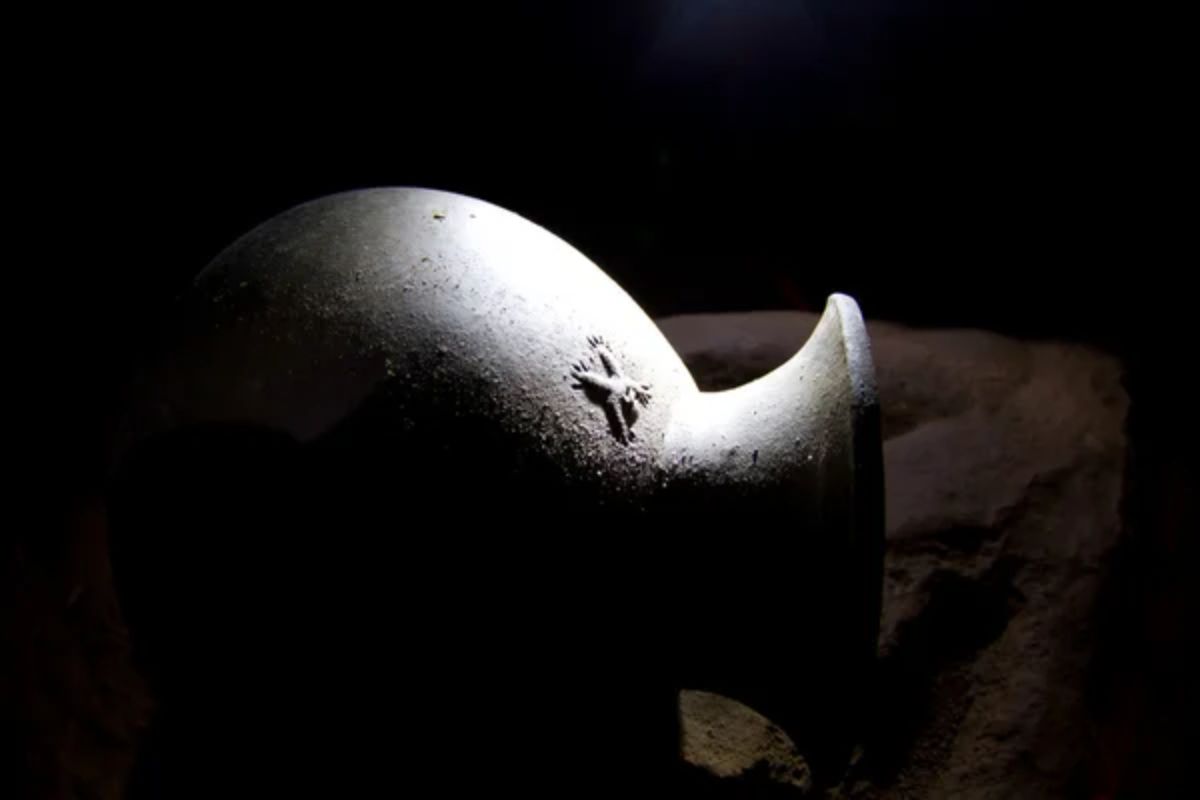
This deep cave system was sacred to the ancient Mayans, who called it the ‘Cave of the Stone Sepulcher.’ The Mayans believed the cave’s chambers were entrances to Xibalba, their feared underworld ruled by the lords of death.
They left behind ceremonial pottery and, most hauntingly, the remains of human sacrifices, including the famous Crystal Maiden. Today, the cave still holds over 1,400 artifacts, exactly where the Maya left them as if frozen in time.
Like Travel Pug’s content? Follow us on MSN.
Hierapolis Gate, Turkey
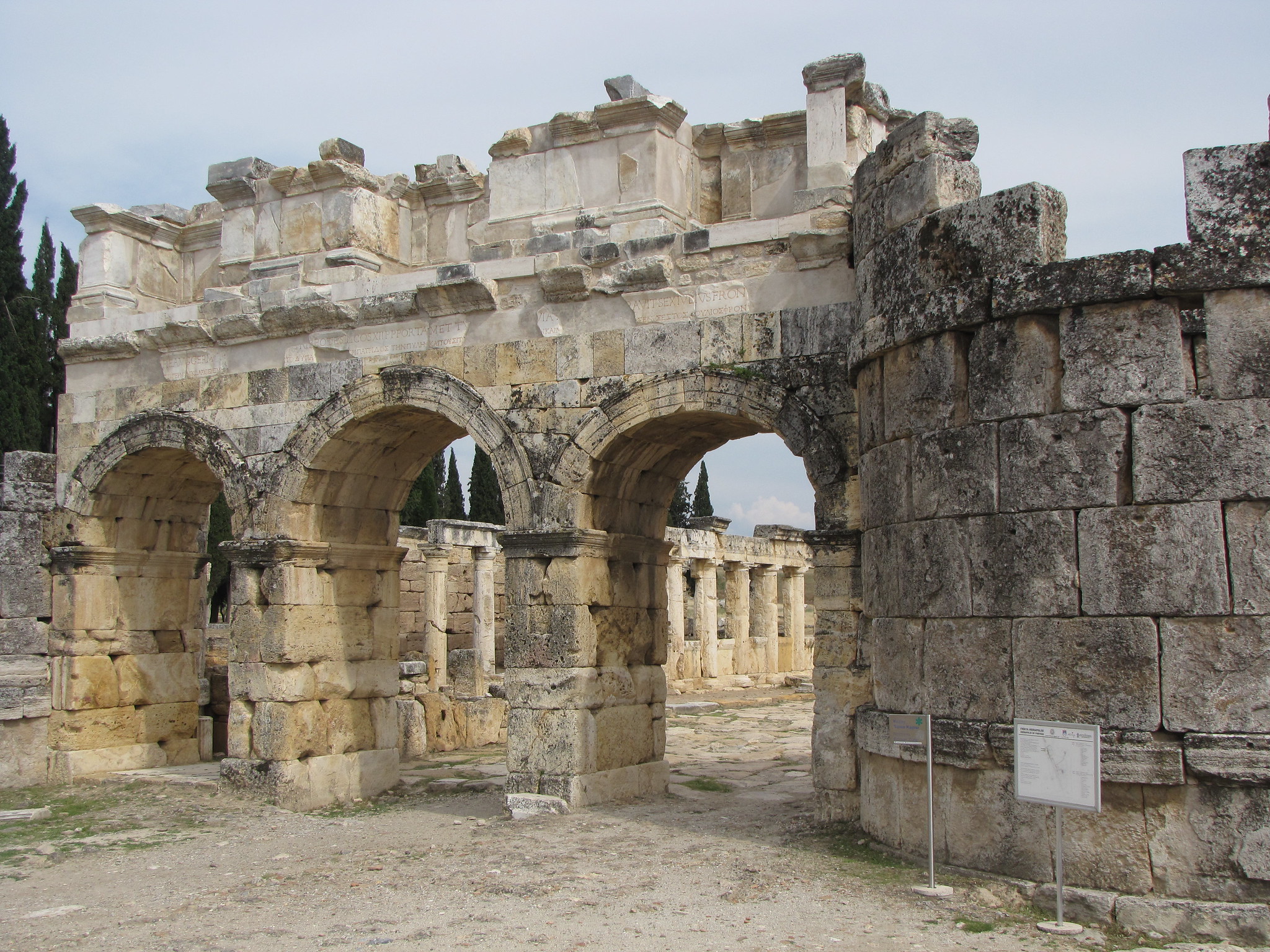
This ancient Roman site features a still-active portal that ancient people called the ‘Gate to Hell.’ Scientists discovered that toxic carbon dioxide gases still seep from the ground, which explains why birds falling near the entrance would die instantly.
The priests of Pluto, god of the underworld, would perform rituals here, seemingly immune to the deadly fumes, thanks to their knowledge of safe spots in the terrain. The mysterious deaths and the priests’ immunity convinced everyone that this was truly an entrance to Hades.
Fengdu Ghost City, China
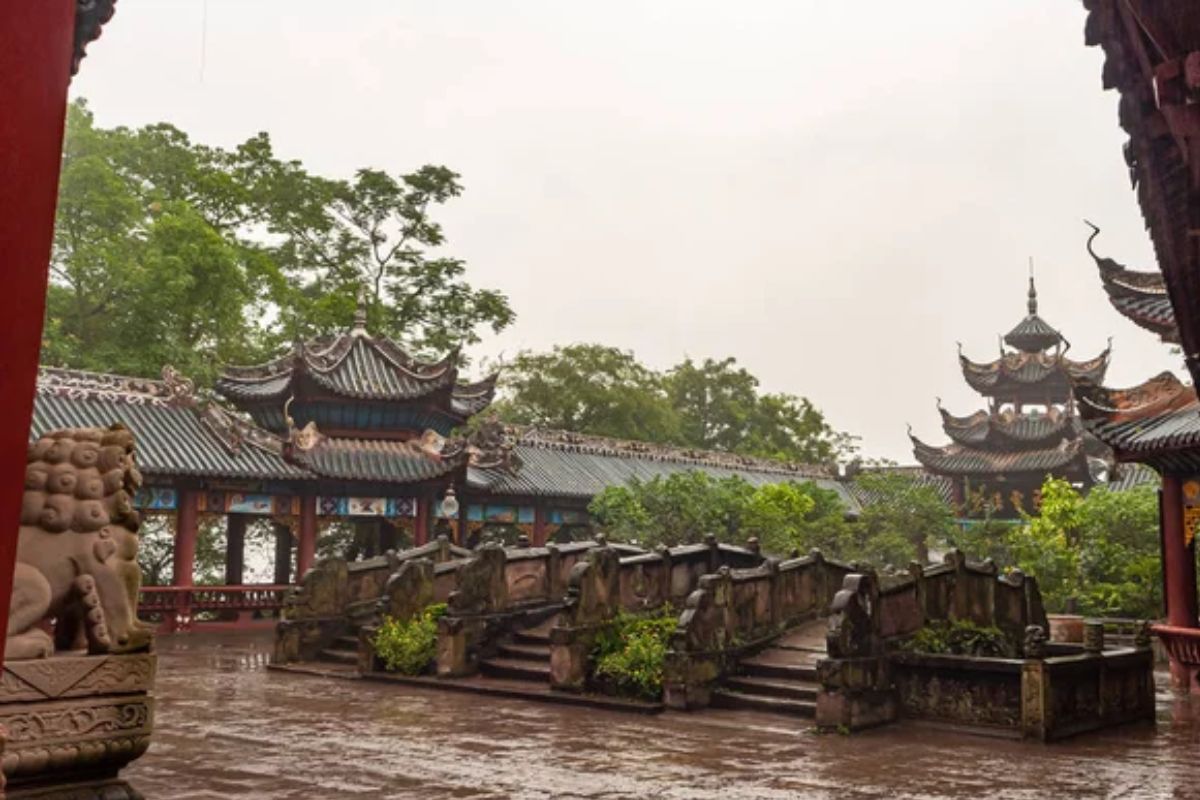
Perched on Ming Mountain along the Yangtze River, this 2,000-year-old city was believed to be where souls were judged after death. The site features temples and statues depicting various forms of punishment in the Chinese version of hell, designed to remind visitors about maintaining good moral character.
The testing bridge at the entrance was said to let only the virtuous cross, while sinners would fall into the underworld below. Even today, locals avoid visiting after dark, believing the ancient spirits still roam the abandoned streets.
St. Patrick’s Purgatory, Ireland
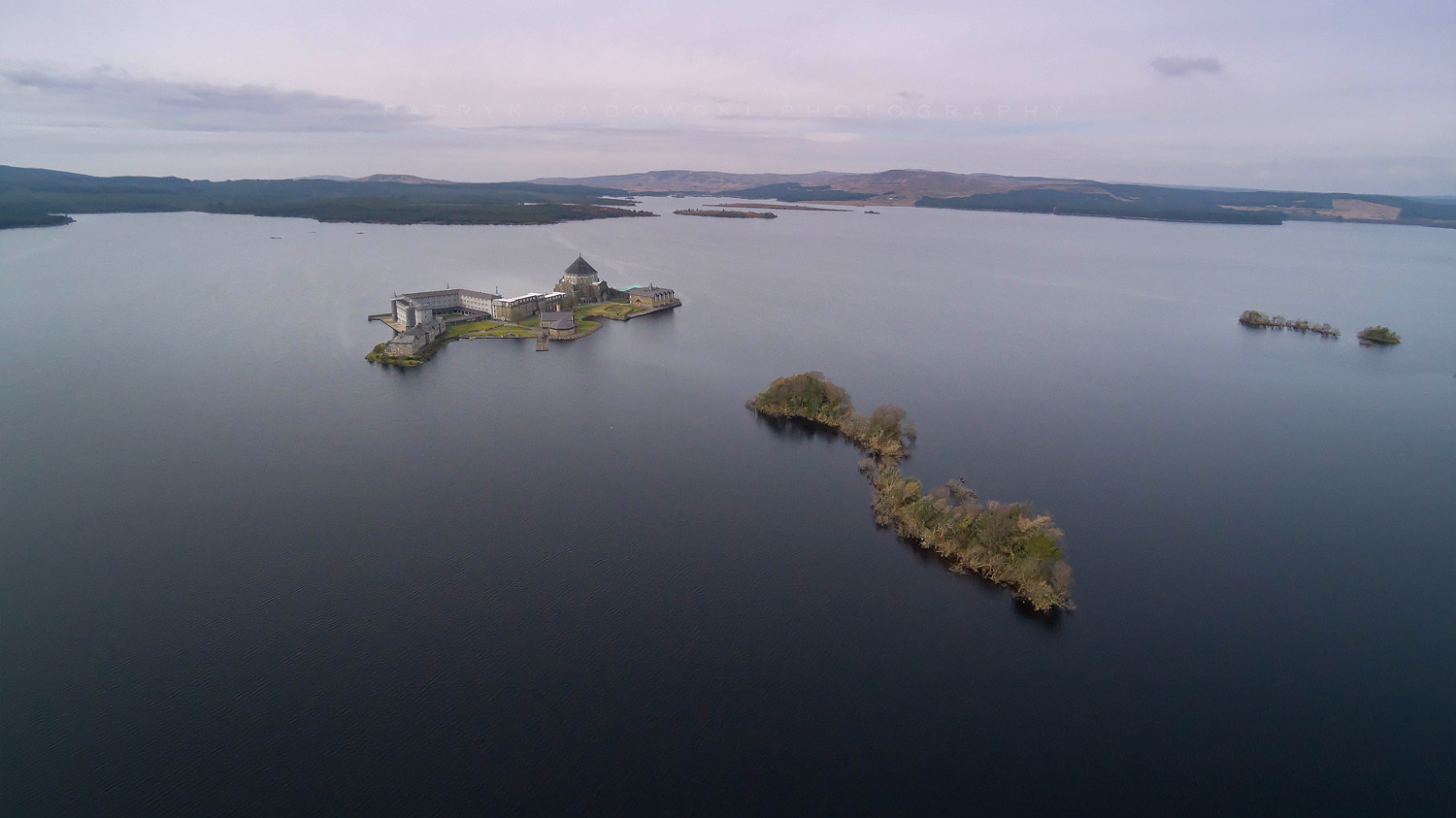
Located on Station Island in County Donegal, this cave was said to be where Saint Patrick showed doubting Christians a gateway to purgatory. Medieval pilgrims would spend 24 hours locked inside the cave, believing they would experience visions of hell and cleanse their souls.
The site became so popular that even European nobility would travel hundreds of miles to undergo this terrifying ordeal. The original cave was sealed in 1632, but pilgrims still visit the site today, seeking spiritual renewal.
Like Travel Pug’s content? Follow us on MSN.
Cape Matapan Caves, Greece
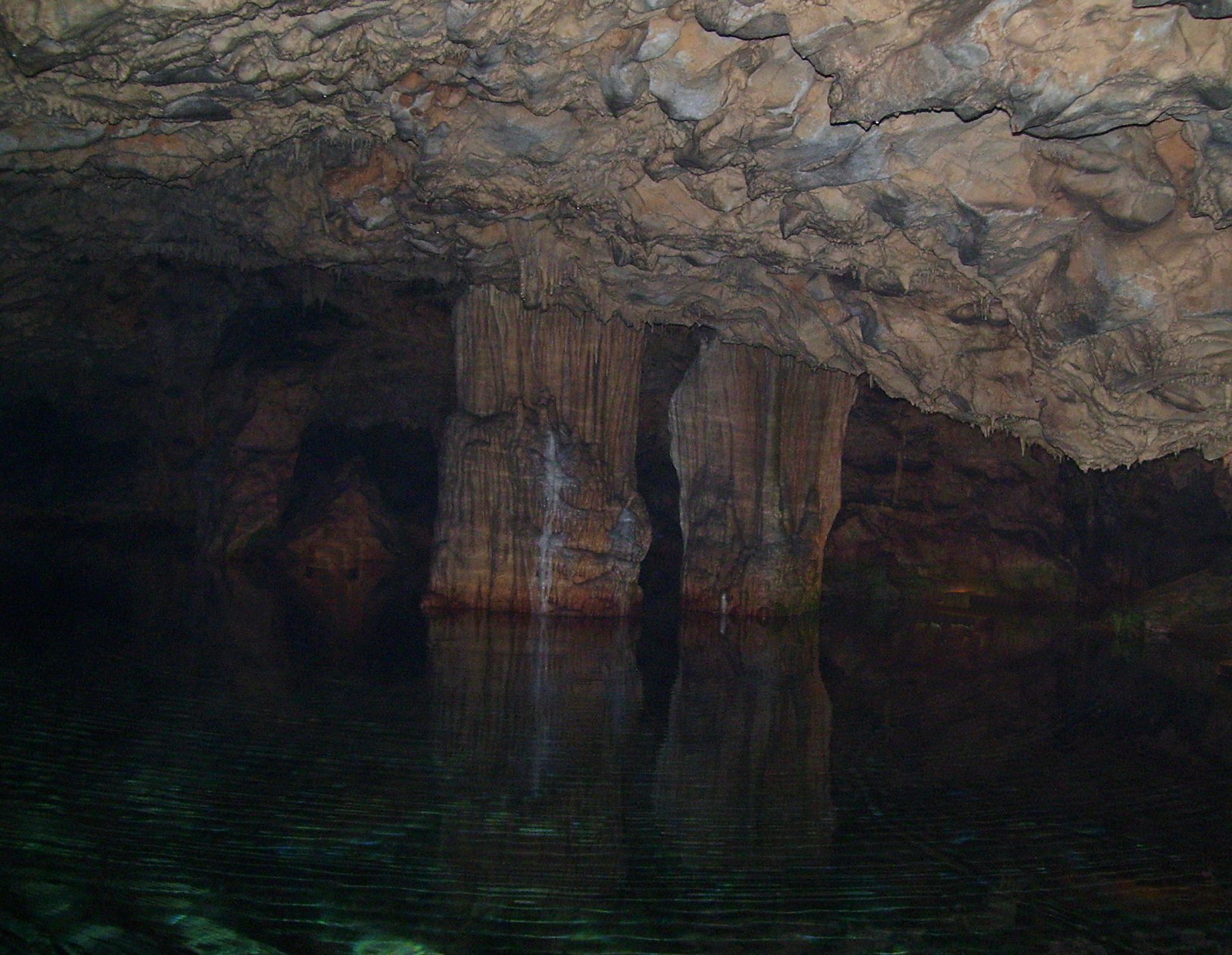
Ancient Greeks believed that these dark sea caves at the southernmost tip of mainland Greece were where Hercules dragged Cerberus, the three-headed guard dog of the underworld, into our world. The caves’ location at the end of a barren peninsula and the sound of waves echoing inside created an eerie atmosphere that convinced visitors they were near Hades.
Local fishermen still tell stories about strange lights and sounds coming from the caves at night. The site was so feared that ancient sailors would avoid it, especially during storms.
Houska Castle, Czech Republic
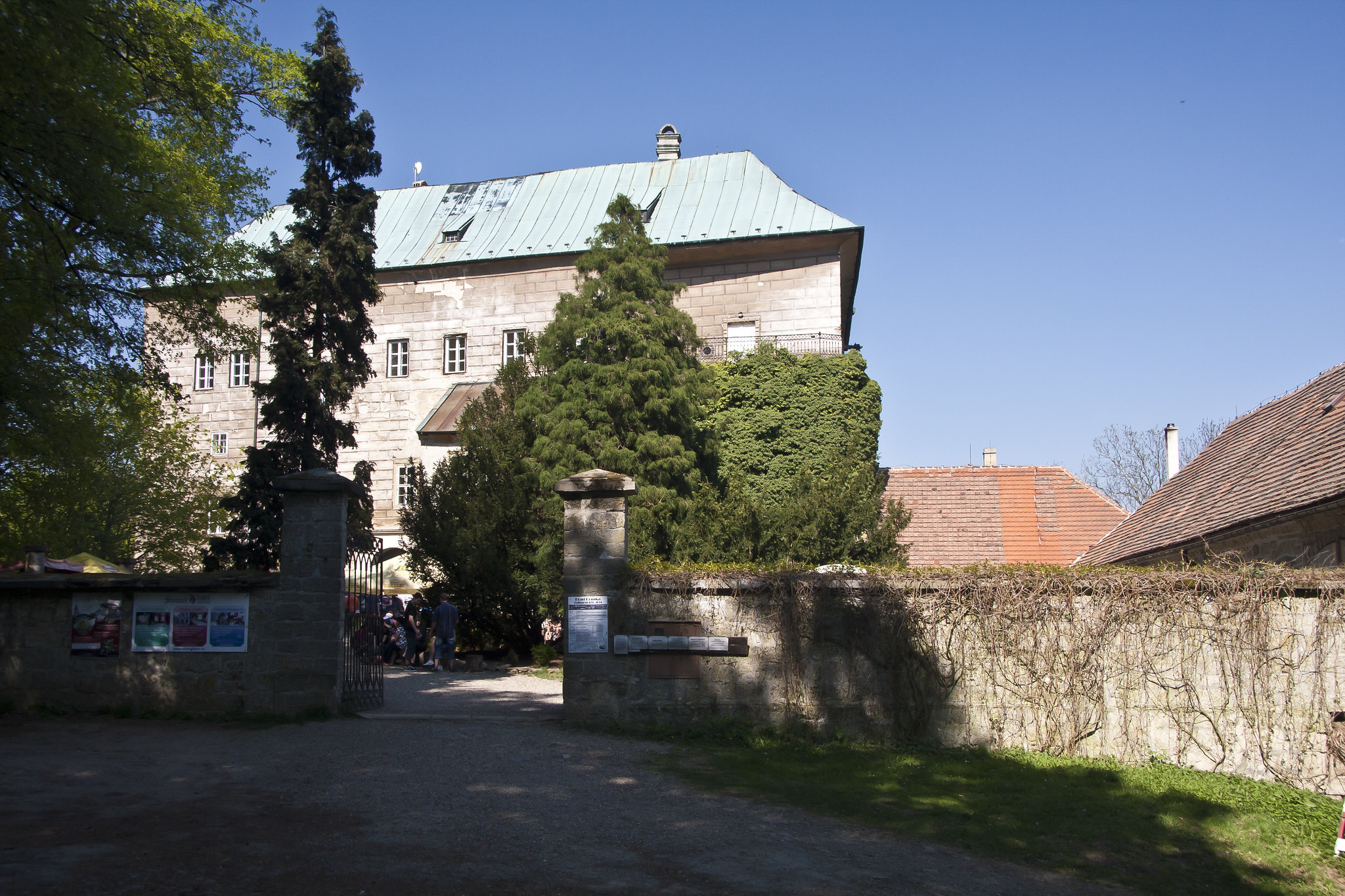
Built in the 13th century, this Gothic castle sits over a supposed bottomless pit that locals believed was a gateway to hell. Unlike most castles, Houska was built with no nearby water source, trade routes, or strategic value – its only purpose was to seal this alleged portal.
Stories tell of half-human creatures crawling out of the hole before the castle was built and prisoners being offered pardons if they agreed to be lowered into the pit. The chapel was strategically placed over the hole, with its floor painted with symbols of protection against evil spirits.
Cenote Sagrado, Mexico
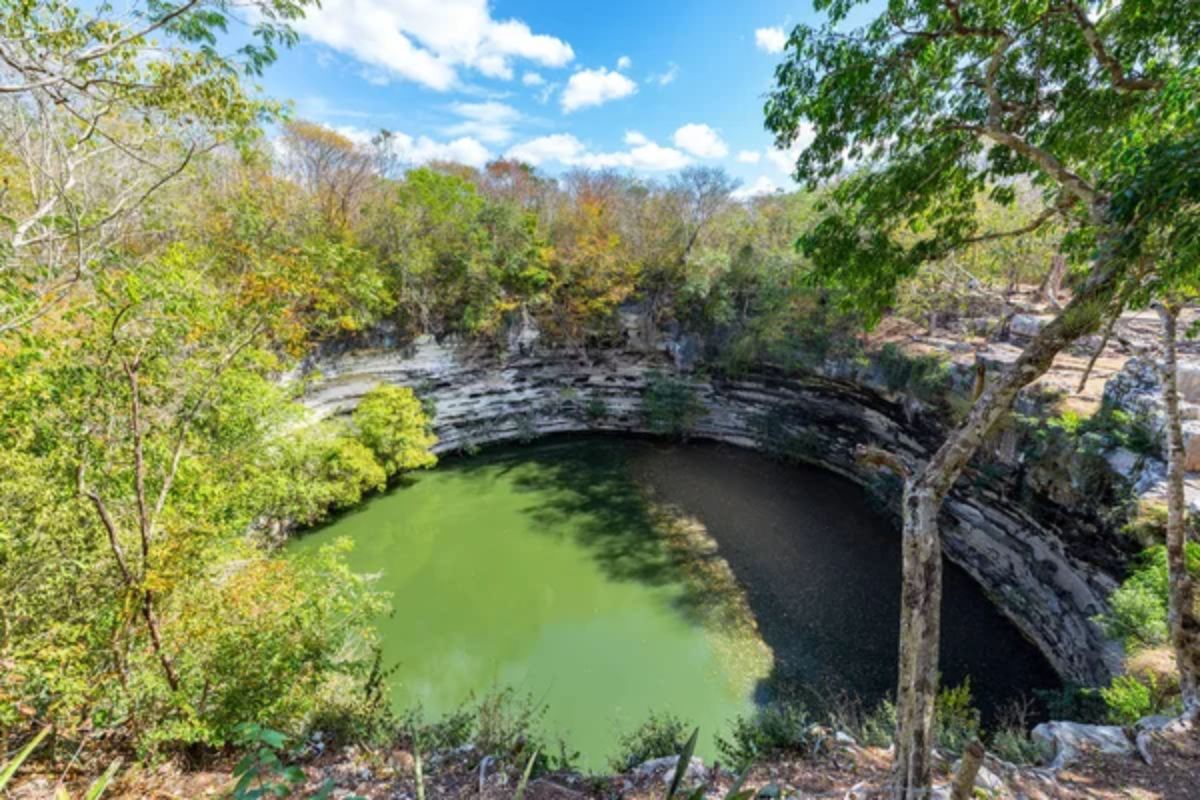
The Mayans believed this natural sinkhole at Chichen Itza was a portal to Xibalba, their underworld. They would throw precious objects and human sacrifices into its depths as offerings to the rain god Chaak.
Archaeologists have recovered thousands of artifacts from its waters, including gold, jade, and human remains. The cenote’s perfectly circular shape and deep blue waters still create an otherworldly atmosphere that draws visitors from around the globe.
Like Travel Pug’s content? Follow us on MSN.
Avernus Crater, Italy
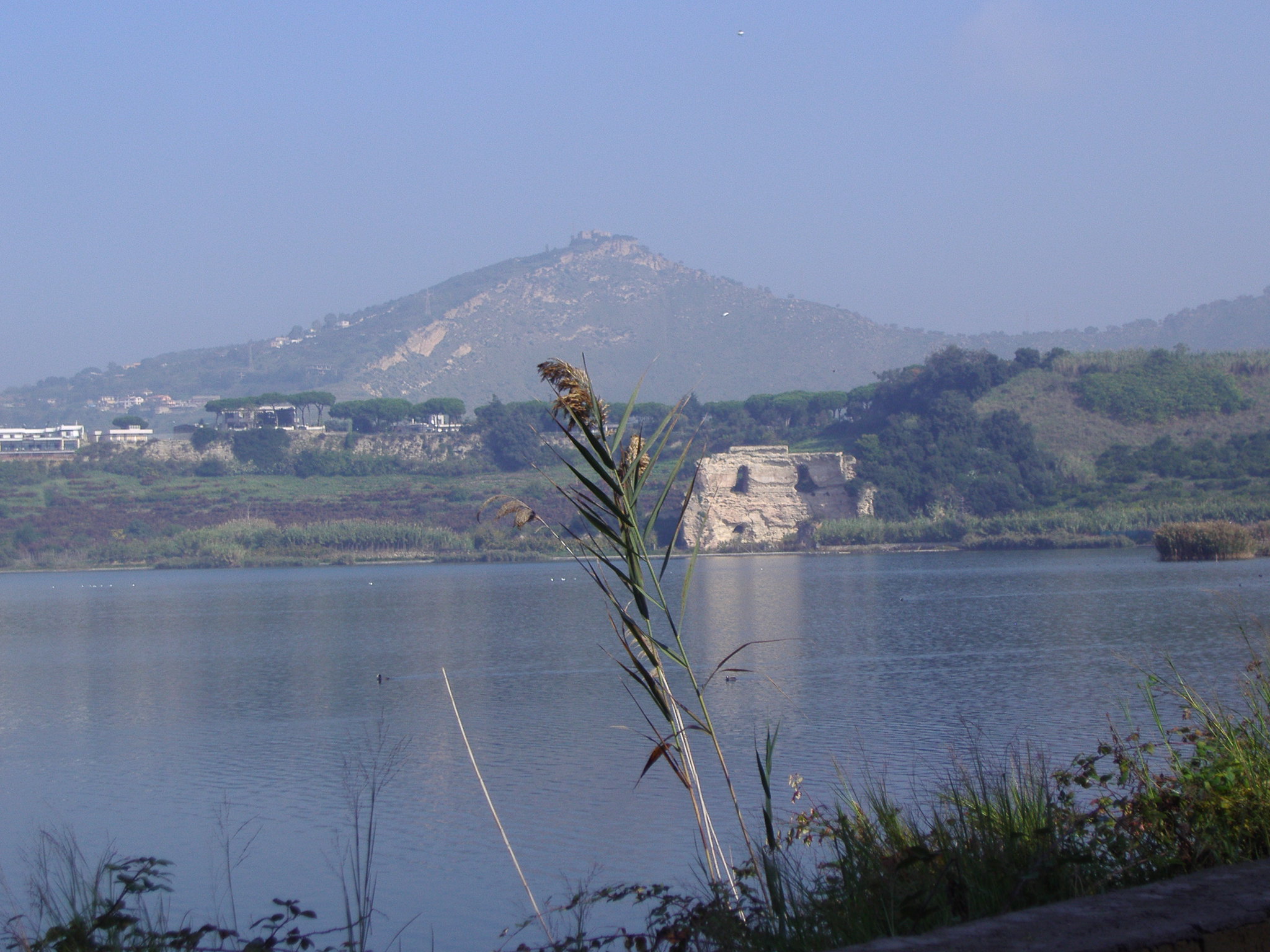
The Romans considered this volcanic crater lake near Naples to be the entrance to the underworld described in Virgil’s Aeneid. Poisonous gases once made the area lethal to birds, giving the lake its name, which means ‘without birds’ in Greek.
The ancient temple of Apollo overlooking the lake was said to be where heroes would make offerings before attempting to enter the underworld. The site’s deadly reputation was so strong that Romans would avoid eye contact with its waters.
Mount Osore, Japan
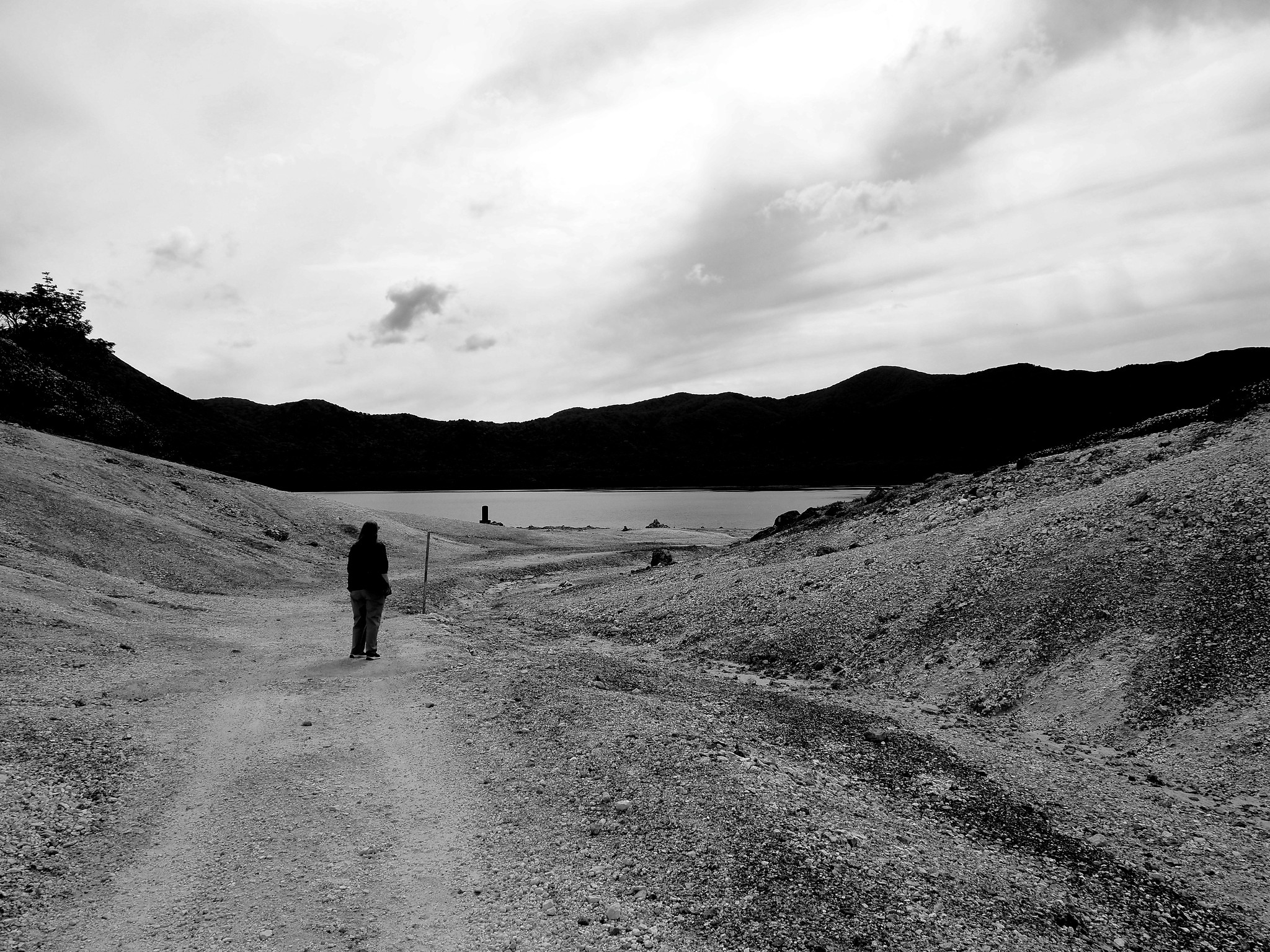
This active volcano on the northern tip of Japan’s main island is considered one of Buddhism’s gates to the underworld. The barren, sulfurous landscape dotted with steam vents and blood-red ponds creates an environment that matches Buddhist descriptions of hell.
Local mediums are known as itako still gather here to communicate with the dead during special festivals. The name itself means ‘Mount Fear,’ and its shores are lined with statues of Jizo, the guardian of lost souls.
Cave of the Dogs, Italy
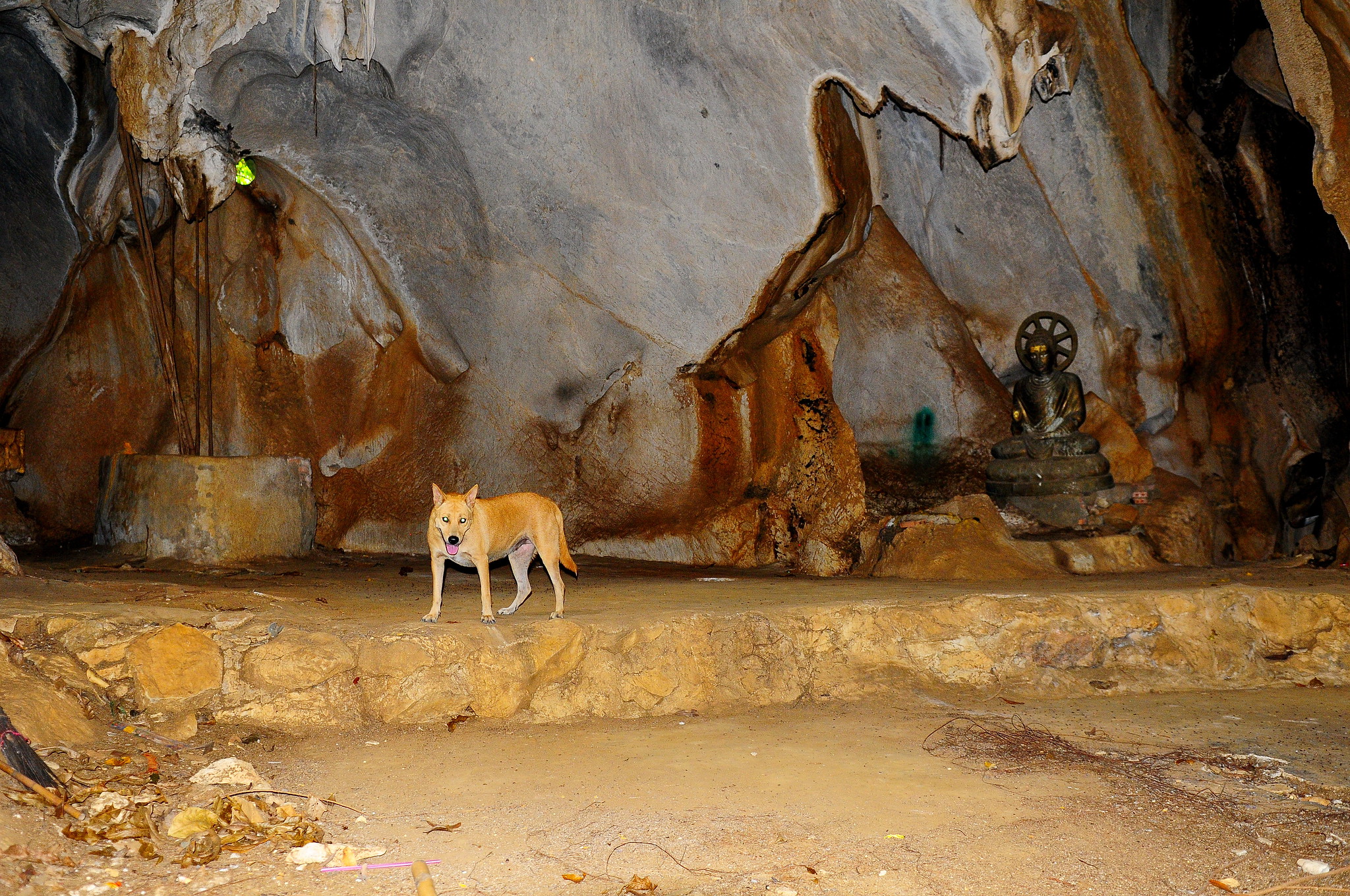
This small cave near Naples got its name from the ancient practice of demonstrating its deadly gases using unfortunate dogs. The low-lying carbon dioxide would knock out dogs while leaving standing humans unaffected, convincing visitors of its supernatural properties.
Roman writers described it as a breathing hole of the underworld god Pluto. The cave’s deadly reputation made it a popular stop on the 18th-century Grand Tour of Europe.
Like Travel Pug’s content? Follow us on MSN.
The Well of Souls, Israel

Located beneath the Temple Mount in Jerusalem, this natural cave was believed to be where the dead gathered to sing praises to God. The cave’s acoustics create strange echoes that ancient visitors interpreted as the voices of the departed.
Medieval Christians and Muslims both associated the site with the Day of Judgment. The well’s name comes from the belief that it contains the souls of the dead waiting for resurrection.
Darvaza Gas Crater, Turkmenistan
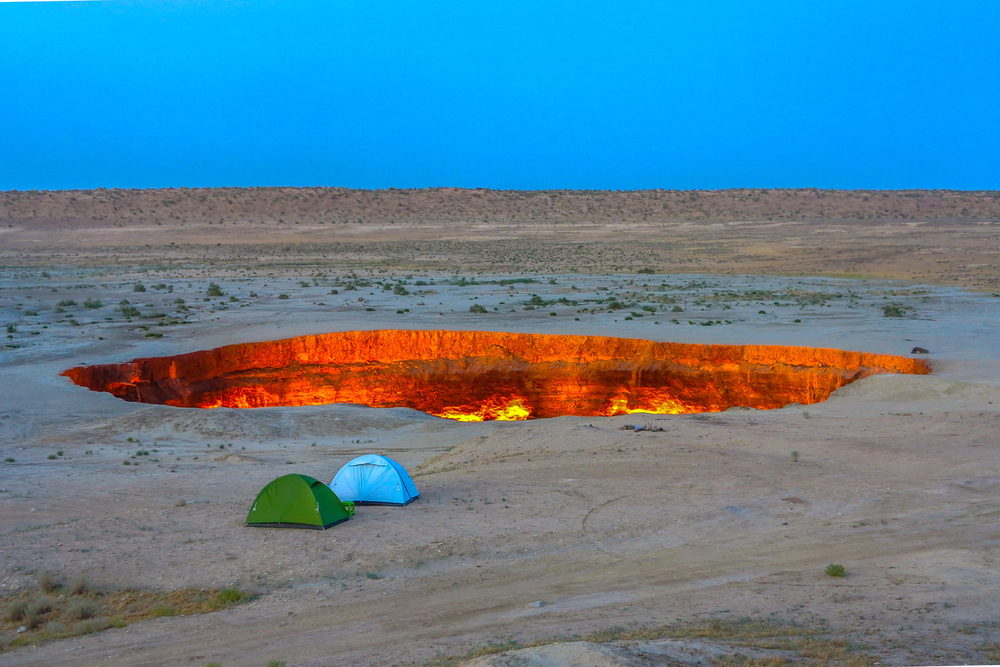
Known locally as the ‘Door to Hell,’ this 230-foot-wide burning crater has been continuously ablaze since 1971. Soviet geologists accidentally drilled into a cavern filled with natural gas, causing the ground to collapse and ignite.
The surrounding desert tribes had long believed the area was a gateway to a fiery underworld. The crater’s flames can be seen for miles at night, creating an apocalyptic scene in the middle of the desert.
Masaya Volcano, Nicaragua
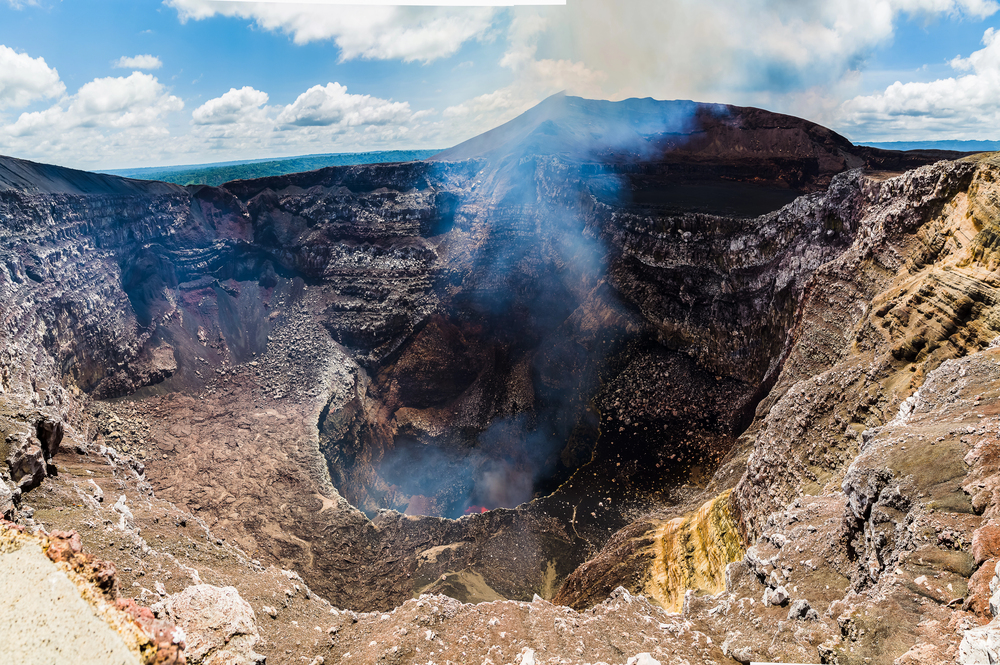
Spanish conquistadors planted a cross at the rim of this active volcano, believing it to be the entrance to hell. Local indigenous people had long left offerings here to appease what they believed was a subterranean god.
The constant glow from its lava lake convinced early Catholic priests that they could see souls burning in hell. The volcano was even visited by a 16th-century friar who tried to exorcise what he believed was the devil’s dwelling place.
Like Travel Pug’s content? Follow us on MSN.
Chinoike Jigoku, Japan
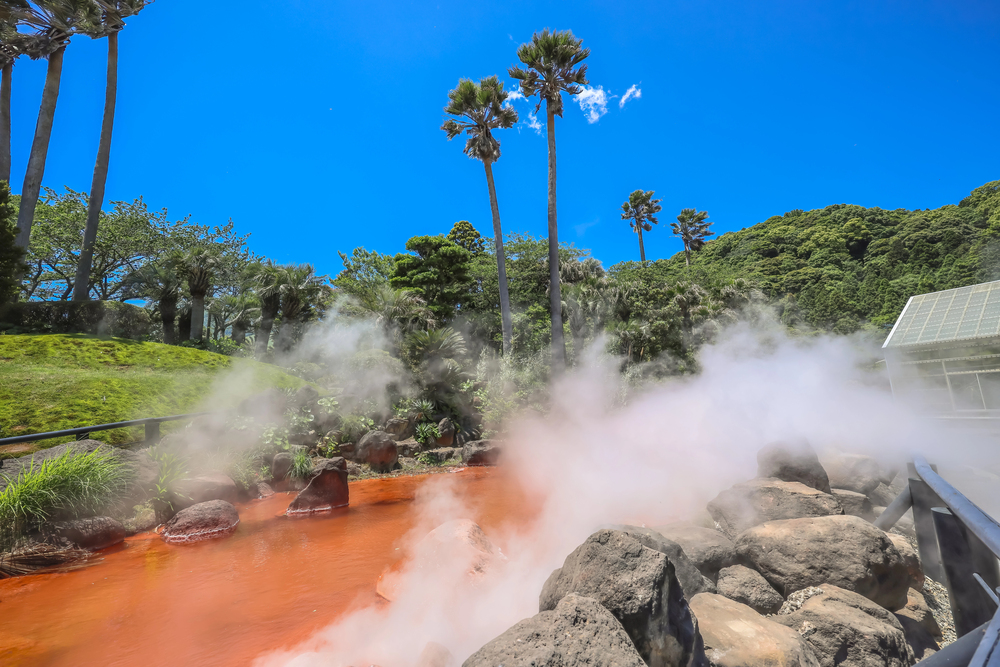
This ‘Bloody Hell Pond’ in Beppu gets its name from its red waters and ancient connection to Buddhist hell. Local legend says it was once used to torture prisoners by boiling them alive in its hot springs.
The blood-red color actually comes from iron oxide, but its appearance was enough to convince people it was a portal to the underworld. Even today, the site maintains an eerie atmosphere with its continuously bubbling crimson waters.
Dimmuborgir, Iceland
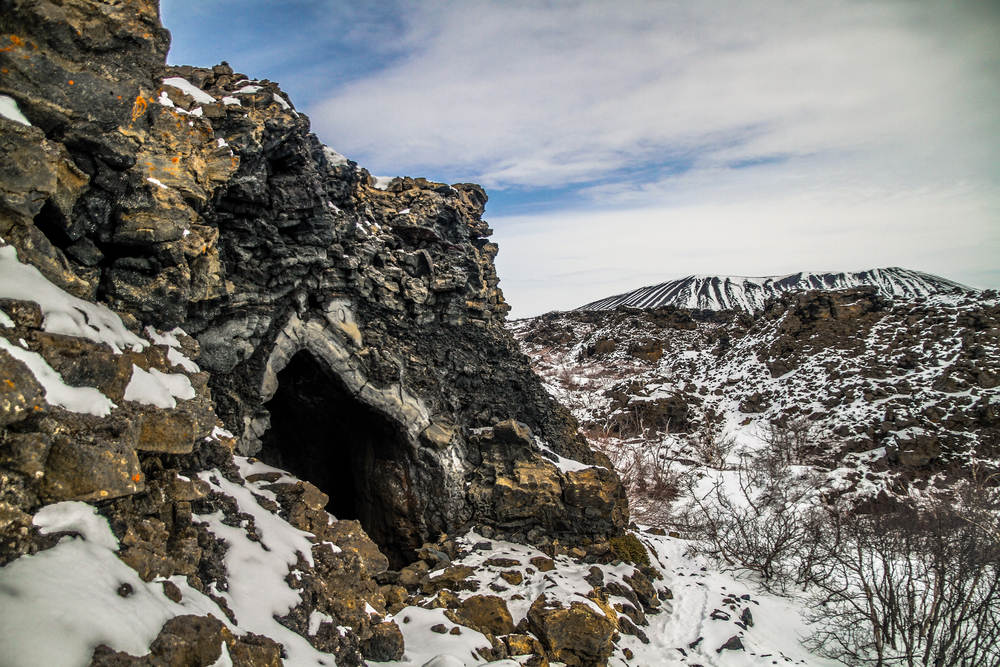
These unusually shaped lava formations are known as the ‘Dark Castles’ and were long believed to be a connection point between Earth and the underworld. Local folklore says this is where Satan landed when he was cast out of heaven, leaving behind a tangled landscape of black lava spires.
The strange rock formations create natural arches and caves that seem to lead nowhere. Icelandic Christmas folklore places the homes of the 13 Yule Lads here, making it both feared and celebrated.
St. Winifred’s Well, Wales
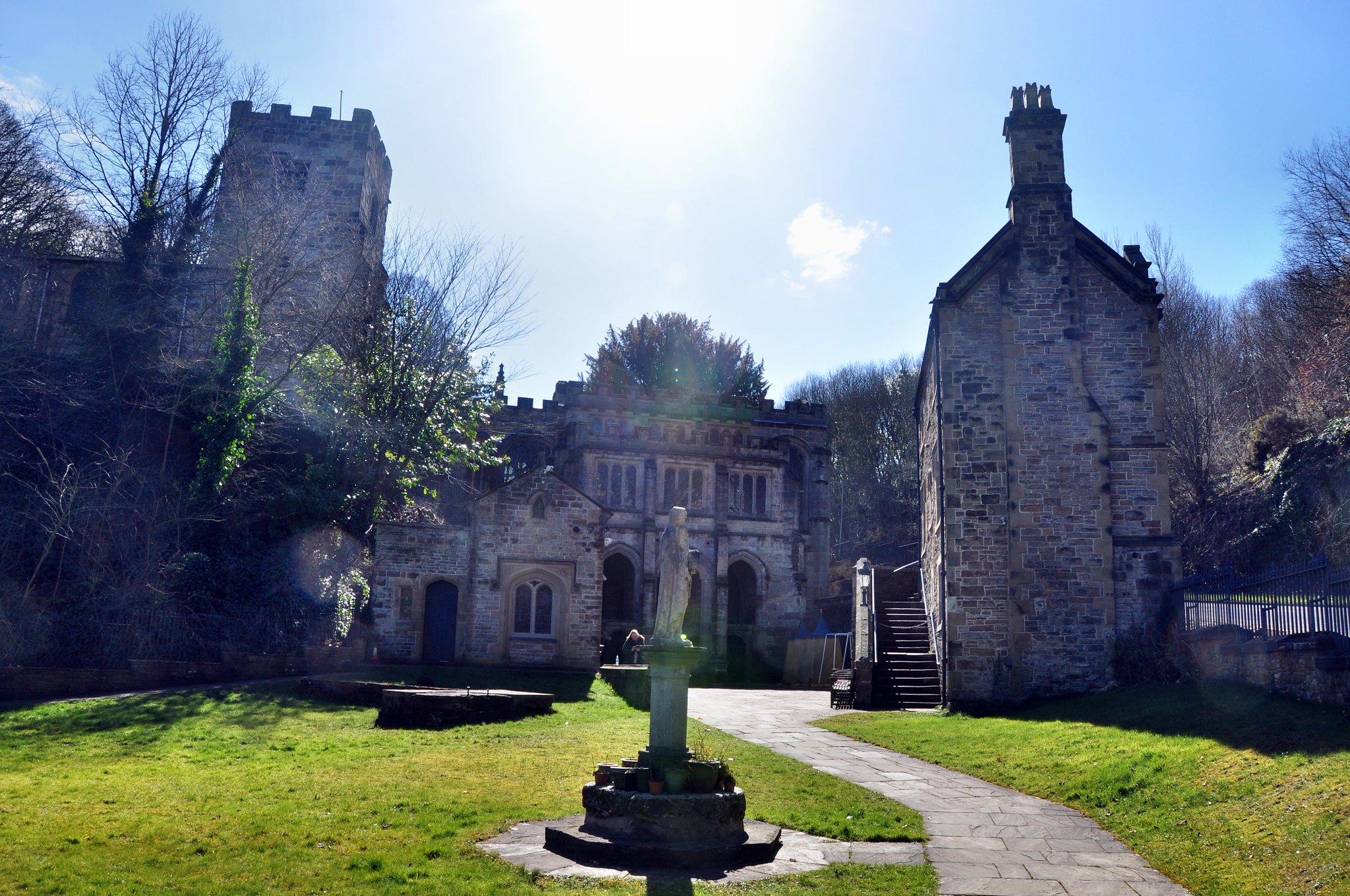
This natural spring was said to mark both a miracle and a doorway to the otherworld in medieval Britain. Legend tells that the well sprang up where St. Winifred’s head fell after she was beheaded, with the red stones around it representing her blood.
Pilgrims believed the well’s waters could heal the sick and provide glimpses of the afterlife. The site’s reputation for miraculous cures made it one of the few sacred wells to survive the Protestant Reformation.
Like Travel Pug’s content? Follow us on MSN.
The Seven Gates of Hell, USA
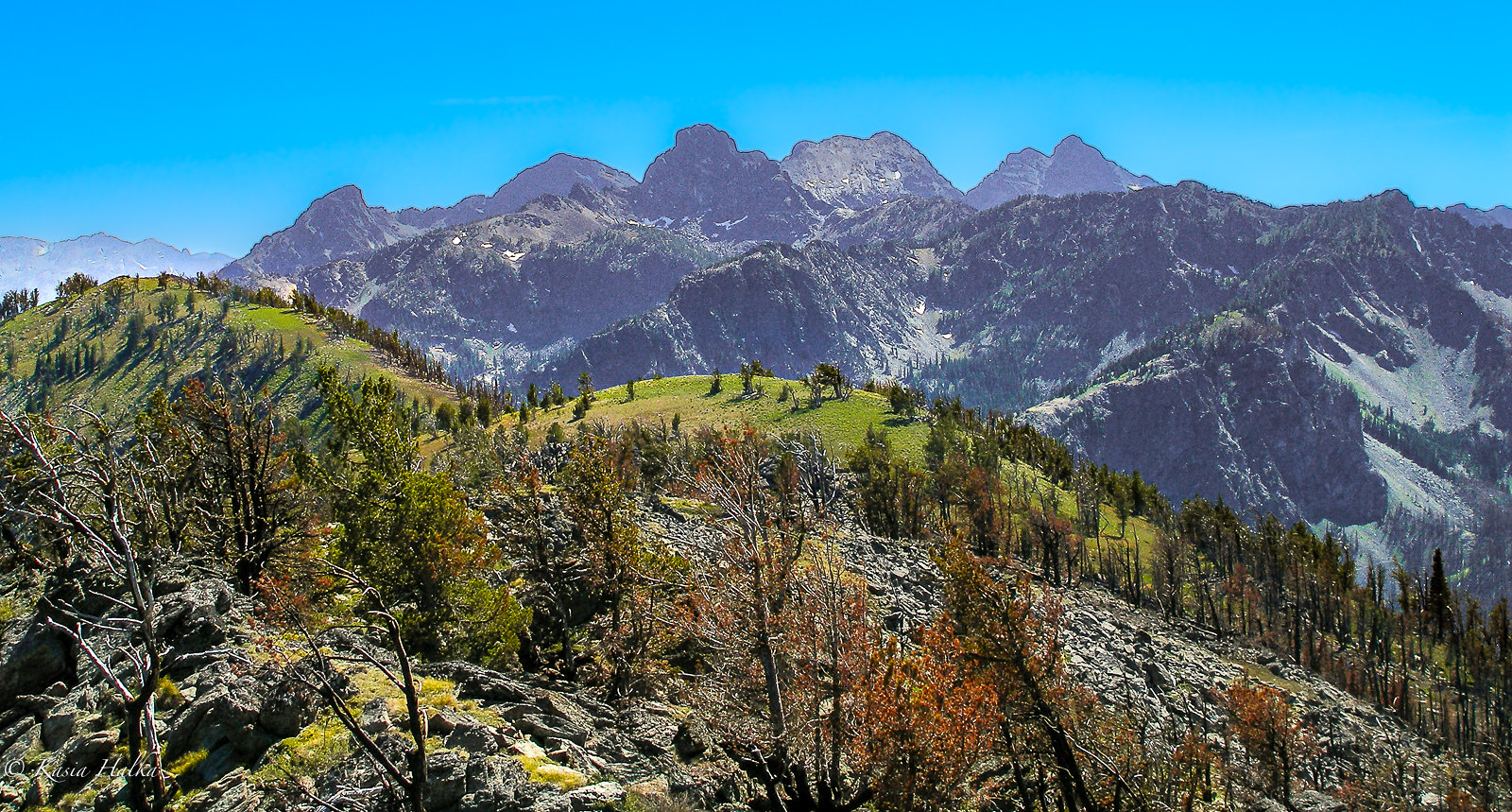
Located in rural Pennsylvania, these gates were said to have been built by an eccentric doctor who had performed illegal experiments. Local legend claims that anyone who passes through all seven gates by sunrise will be transported straight to hell.
Only the first gate is visible during the day, with the others supposedly appearing only at night. The story has grown so popular that local police regularly have to chase away thrill-seekers trying to find the mythical gates.
The Devil’s Gate Dam, USA
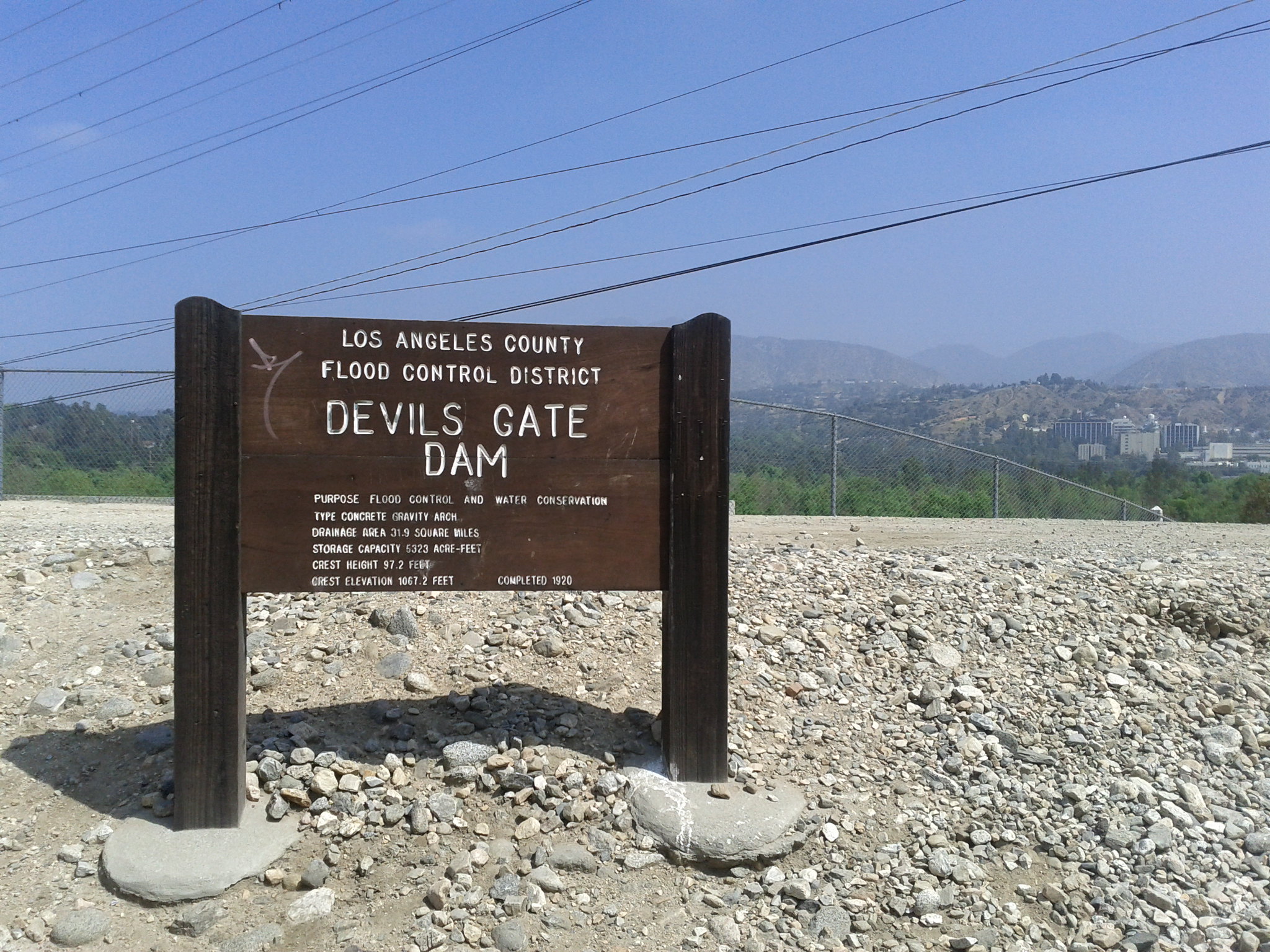
Native Americans long avoided this narrow pass in Pasadena, California, believing it to be haunted by evil spirits. The rock formation naturally resembles a horned demon’s profile, which only adds to its sinister reputation.
The area became even more notorious in the 1940s when occultist Jack Parsons performed rituals here to open a portal to the underworld. Strange disappearances and unexplained phenomena have kept the site’s otherworldly reputation alive.
Mount Hekla, Iceland
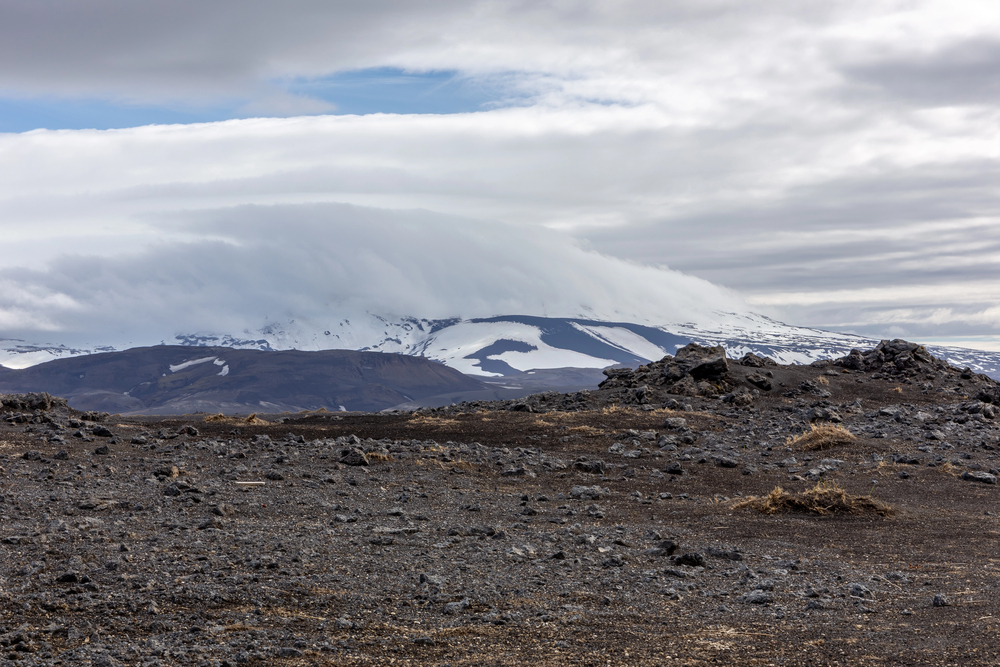
Medieval Europeans firmly believed this active volcano was the actual gateway to hell itself. Chronicles from the 12th century describe how birds flying near the peak were thought to be souls of the damned gathering for their descent into eternal punishment.
The volcano’s frequent eruptions and its location on the remote island convinced Catholic priests that they could hear the screams of tortured souls emanating from its depths. Local monasteries kept records of strange lights and sounds from the mountain, adding to its reputation as hell’s doorway.
Like Travel Pug’s content? Follow us on MSN.
Eternal Gateways
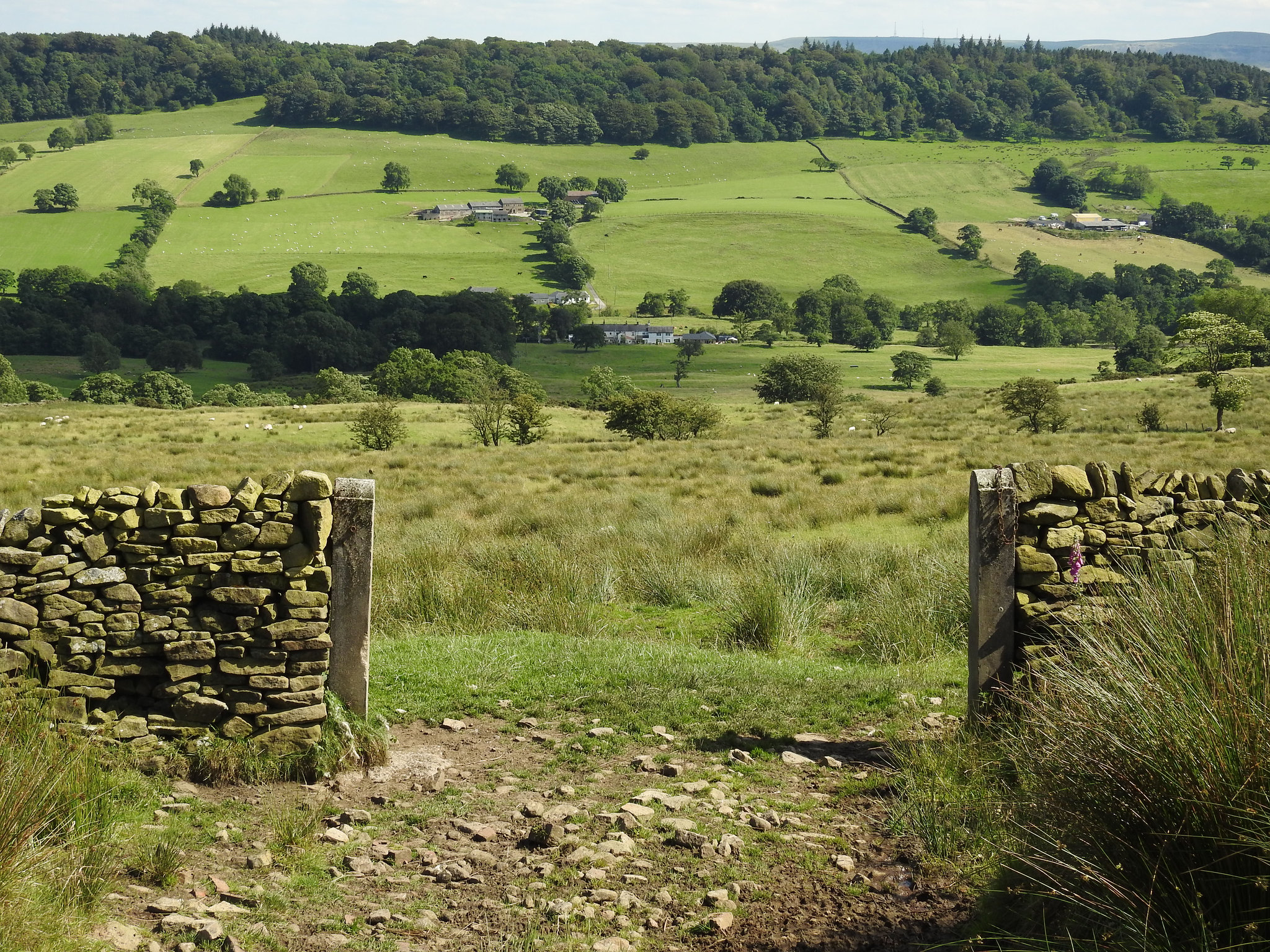
These sites remind us how humans have always tried to make sense of what lies beyond our world. Their stories connect us to our ancestors who stood at these same spots, wondering what mysteries lurked beneath their feet.
While science has explained many of the natural phenomena that sparked these beliefs, these places still powerfully grip our imagination. They stand as monuments to humanity’s endless fascination with the boundary between our world and whatever lies beyond.
More from Travel Pug

- 20 Towns Built for One Purpose That Were Later Abandoned
- 15 Hidden Spots in Disney World’s Magic Kingdom Most Visitors Miss
- 15 Most Scenic Walks Anywhere in The World
- 15 Canyons in the U.S. That Are Just as Stunning as the Grand Canyon
- 10 Under-the-Radar Mountain Towns That Are Both Affordable and Beautiful
Like Travel Pug’s content? Follow us on MSN.
